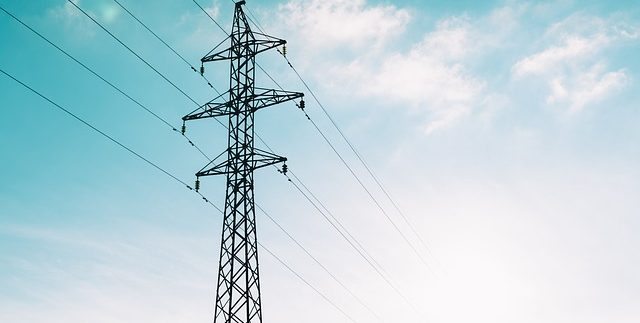What Utilities Should You Include With Your Toronto Rental Property?
Knowing what to include with your GTA or Toronto rental property is an important part of making it the most attractive prospect in a competitive market. There are many arguments for and against including utilities with your property, and both sides have valid points.
The argument for including utilities
Many prospective tenants will admit that rental listings with utilities included are often much more attractive than units without – it takes away the stress of paying multiple bills. Including utilities with your property will increase the amount of tenant applications you receive, and will allow you to rent out your property faster.
Rentals with utilities included are often ideal for those renting to students and other first-time renters, as many young people don’t want the hassle of paying separately for utilities. Shared homes, such as you would find in student housing, make the process even more complicated. The inclusion of some utilities also allows for landlords to charge more for rent, since they must account for things like utility increases, taxes, and convenience costs.
The argument against including utilities
Landlords have stated that tenants who have utilities in their own name are often more responsible as they are more likely to pay bills on time and without issue. Including utilities in your rent can also present the problem of tenants overusing utilities by leaving lights on and overusing heat and air conditioning, affecting your profit margin in the long run.
Not including utilities also frees up landlords from having to deal with utility companies, allowing you to free up time for more important things. This also means that tenants are more likely to quickly inform you of any problems with their utilities, such as leaky faucets, broken furnaces and heaters, etc., as it directly affects them.
Properties without utilities often appear to be less costly than those with them included, making your unit stand out among the crowd. This also means that you will not have to continually increase rent to meet the rising costs of electricity and other utilities.
The final, and probably most important argument against including utilities is the amount at which you are allowed to raise rent annually. A spike in utility rates may not be covered by the annual rent increases allowed by the Ontario government.
What utilities should you include with your rental?
With both sides of the argument stated, it’s time to decide what utilities should actually be included with your property, if any. It may also be important to take a look at what property owners in the area are offering for their units – it may be wise to match them if the competition is fierce.
Paying for things like gas and water are often ideal for landlords, as the costs are predictable because of their seasonal nature. With new rent control measures, including anything but these utilities may pose a problem if utility rates increase beyond your allowable annual rent increases. Paying things like the water bill can also give you immediate insight into any potential problems such as leaks that tenants may not notice in their own utility bills.
Unless you’re ready to communicate openly with your tenants about potential utility ceilings and limits, it may be wise to avoid paying utilities wherever possible. It will attract more responsible tenants, create less frustration for you, and make your property seem more affordable to prospective renters. At the end of the day, it’s all a matter of which option is more convenient and affordable for you, the property owner.





